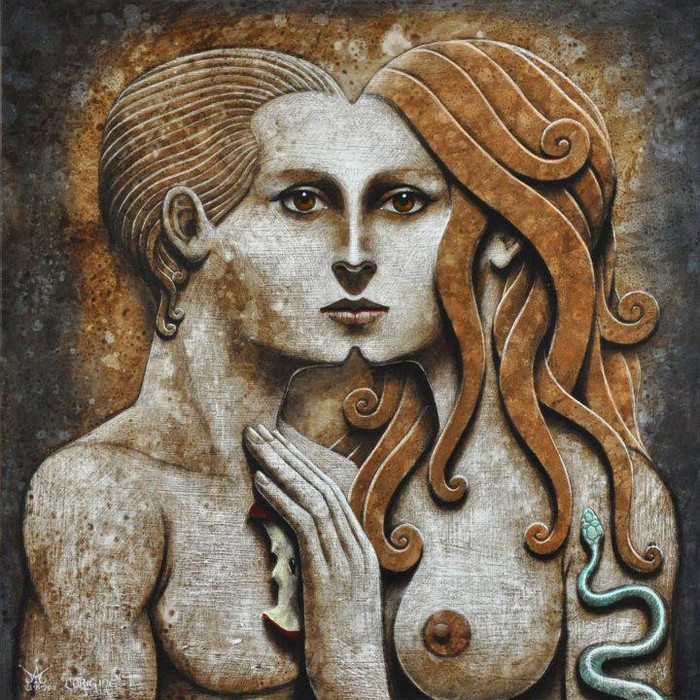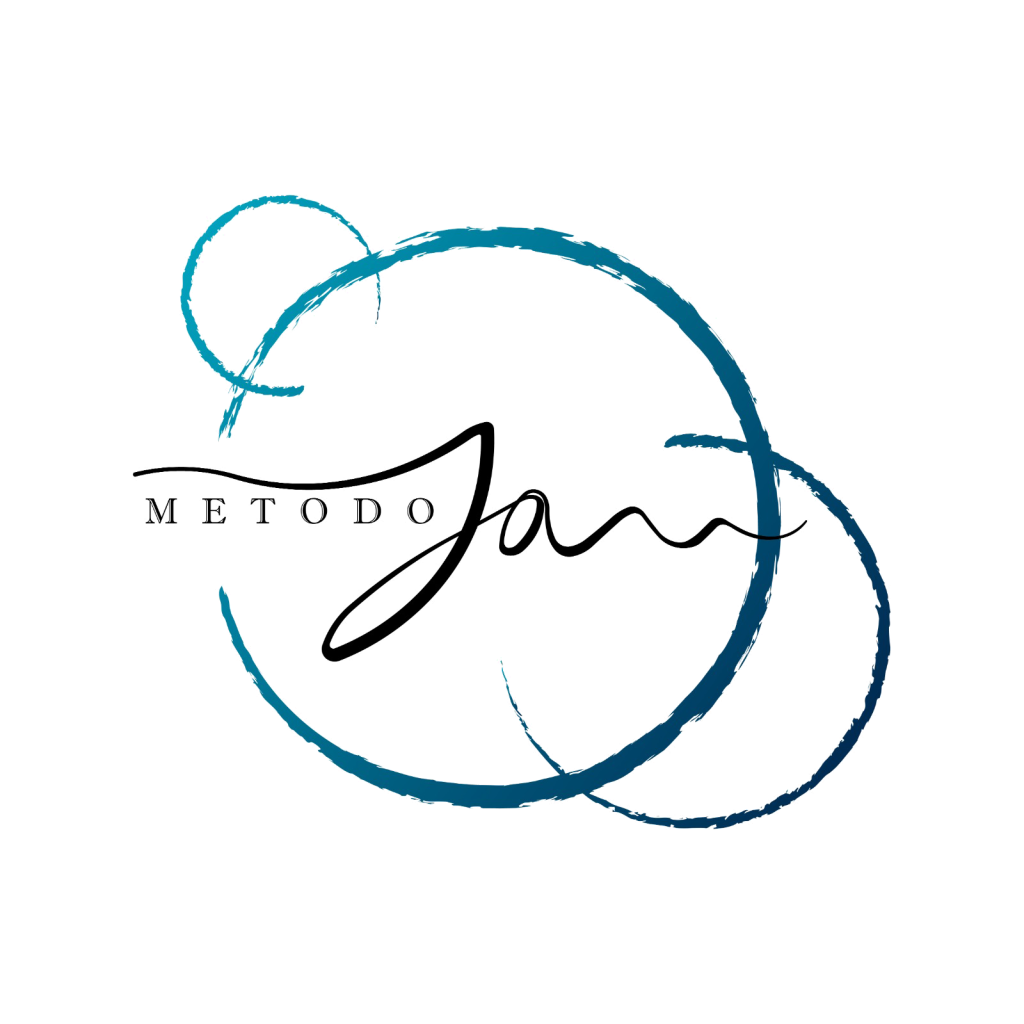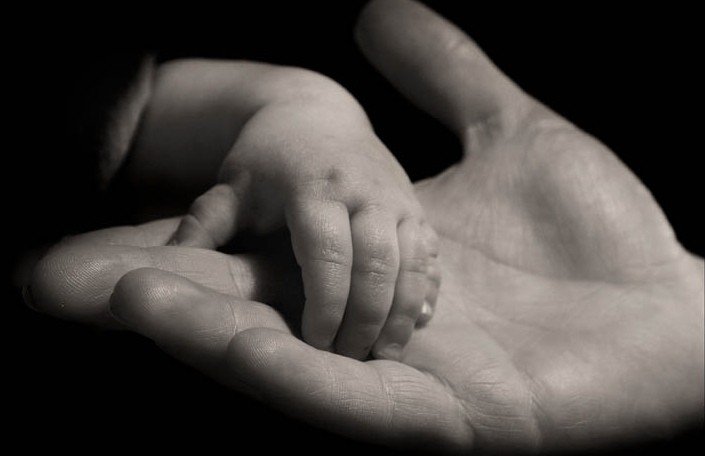Prevért, a 20th-century French poet, wrote, “Life is a cherry, death the stone, love the cherry tree.” I venture at my own peril, risking banality, to write an article on the word love and the concept of it. Novels, treatises, epics have been written about this word, and many philosophers have grappled with it in trying to give a dimension or placement to this term, so often used unconsciously. Each individual has his or her own unique and singular experience of what he or she indicates or believes to be love, based on his or her experience from the moment of conception in his or her relationship with mom and dad; it would be extremely helpful to understand what love or loving actually means and would make us recognize and discern what it is not.

Much of my work is based on the use of the word in a deeply conscious way, with respect to the movement of the conscious field; words are nourished by a spirit, they have a quality that they emanate because they have been fed for centuries, if not millennia by that emanation and very often over time those words have transformed, losing their sacred origin. At a certain point words have a life of their own and the people who use this power to manipulate (bring to themselves), through the use of the word, know this very well. I express this because one of my characteristics is to feel what a word emanates, even before knowing its etymology, its root. What the words love and to love evoke within me is the inner willingness, for love, to die; you will assimilate this concept best in the development of certain etymological understandings. From the Etymological Dictionary of the Italian Language – Francesco Bonomi, amare-amore derive from the Latin amare from camàre, from the Sanskrit root KA, KAM, to desire, to love. Over time, the initial letter C-K was lost to become amare. So the initial root is kã “love”, “desire”, also referring to the famous term kãmasūtra (sūtra from the root siv “to sew”). With this word, the Latins intended to mean an almost involuntary transport, a vehemence and burning of almost senseless passion, a feeling more animalistic than human (source Bonomi). I dare say that already in the Latin period there was a distortion of the profound concept of the word amore and it is here that I accompany you to the sacred etymological source thanks to the work of the late Venetian professor of Sanskrit Franco Rendich. To understand the origin of words that derive from Sanskrit, I quote Rendich: “The formation of the first Indo-European language was in fact entrusted to priest-astronomers who had the task of translating into sounds and words the observation of the motion of the stars and the phenomena that occurred in space. According to those priest-grammarians, light took the sound of the consonant d, the water played n and gradually the other consonants became the symbols of the multiple manifestations of cosmic life, in perfect harmony with it. And from then on the nature and spirit of the Universe found expression in the voice of man”. So the consonant K is the symbol that represents the enveloping curvilinear cosmic motion of celestial bodies in space, associated with the letter a that symbolizes “breath”, becoming “motion of the creative energy of the universe. This energy radiated into the heart of man, to love, kam, and to make happy, kaj (ka creative motion of the universe – j forward motion). Let us begin to observe and become aware of how all this is far from the simple definition of desire or animalistic passion. And the m of Kam, what does it symbolize?
The m symbolizes the limit, everything that exists in the world in this plane of existence has a limit, a boundary, a measure. The root mã was built with the m, from which the terms “matter” derive, that is, substance defined by a limit; “measure” that is, that determines a limit; “mother”, that is, she who deals with the limits of human life. It is interesting to note that the inverted root am “to feel bad”, instead creates the words dedicated to illness (amata), to pain (amìva), to violence (amatra). In the Indo-European language, the association of m and r create the words related to death; to reach (r) the limit (m). Let us return to Ka-Ma and its sacred origin that unites two extremes, that is, the meeting between what is eternal (ka) and what is limited (m), in other words, it is the human measure (m) of the divine light (ka).
So was this the initial meaning of the word love/to love? The union between the celestial creative forces that radiate and penetrate the limit of a human body, made of matter? And what does limit mean? A limit of the flesh of matter or what then became, over the millennia, the limit of the identified Self that instead resists love? How can you let the light of Ka (Creation) pass through you, if the extreme identification in your Self, prevents that love from passing through you? And then I launch a profoundly spiritual provocation associated with creation through sound: if love was initially Kama, union between Spirit-Light-Movement of the Cosmos and Matter, what did losing the K entail in the evolution of languages in Greek and Latin? Love has become violence, suffering, evil, the vibration has changed and remained within the human being, only the part that we associate with the limit of the body, with sexual desire alone, the craving and as the Latins defined it, an animalistic feeling? A small reflection that will never find an answer, but I like to tease and open up new possibilities of understanding or a movement at the level of consciousness. What will allow love to return in its deepest and most sacred form on this plane of existence? Your willingness to die, to let millennia of distortion die, will allow it! And what must die in order to love? If you are in a relationship, are you willing to let your beliefs, your convictions, your ideas, the SELF die to discover a WE, together with the other person? Are you willing to open up totally, holding nothing back, entrusting yourself totally to the other? Are you willing to let your fear of dying die? When you make love, are you willing to die and lose yourself in the other, becoming ONE? Once upon a time, women, when they were still connected to the vibration of the root Mātr, before imitating men, had a great inner strength that was the willingness to die in order to give life, in order to perpetuate it, the sacrifice, to make sacred. And here I integrate the profound meaning of mother and father, in a historical period in which these words are deliberately being erased. As we mentioned before, Mother, from Mātr, was born to take care of life and everything that has a beginning and an end, while the Father, Pitr’, was born to take care of everything that is eternal, in order to survive beyond the limit of earthly life and unite with the Absolute. The inner integration of these two forces gives life to the maximum evolutionary aspiration: the divine androgynous. This is what I mean, in my latest book, “Black and White: Life is in the Middle” when I describe trust in matter, the acceptance of the limit of Earth’s gravity, in the newborn who can trust and abandon himself to the mother; he, nourished by this trust, will grow up and turn his gaze to the father, turning his eyes to the sky, to infinity, to knowledge and discovery, in the balance of inside and outside. I invite you to decant all this internally, to let it also bother you, because that is where distorted beliefs nest, and I ask one last question: are you, we, as individuals, as a society, willing to die for the love of our children, for the love of life? Christ sacrificed himself for love, this was his eternal message. As things are going, if we are not willing, for love, to overcome the fear of death, a movement contrary to life is created and, in a natural system, this is not contemplated; it is instead a symptom of a profound selection of the species, because in one way or another, the law of balance acts and will always act.
Janine Van Der Merwe Formatrice in Rappresentazioni sistemiche Metodo Jan Ricercatrice e Autrice Puoi condividere questo articolo, citando la fonte

Fonti: Dizionario Etimologico della Lingua Italiana – Bonomi L’origine delle lingue indoeuropee di Franco Rendich Dizionario etimologico comparato delle lingue classiche indoeuropee Sanscrito – greco e latino di Franco Rendick



